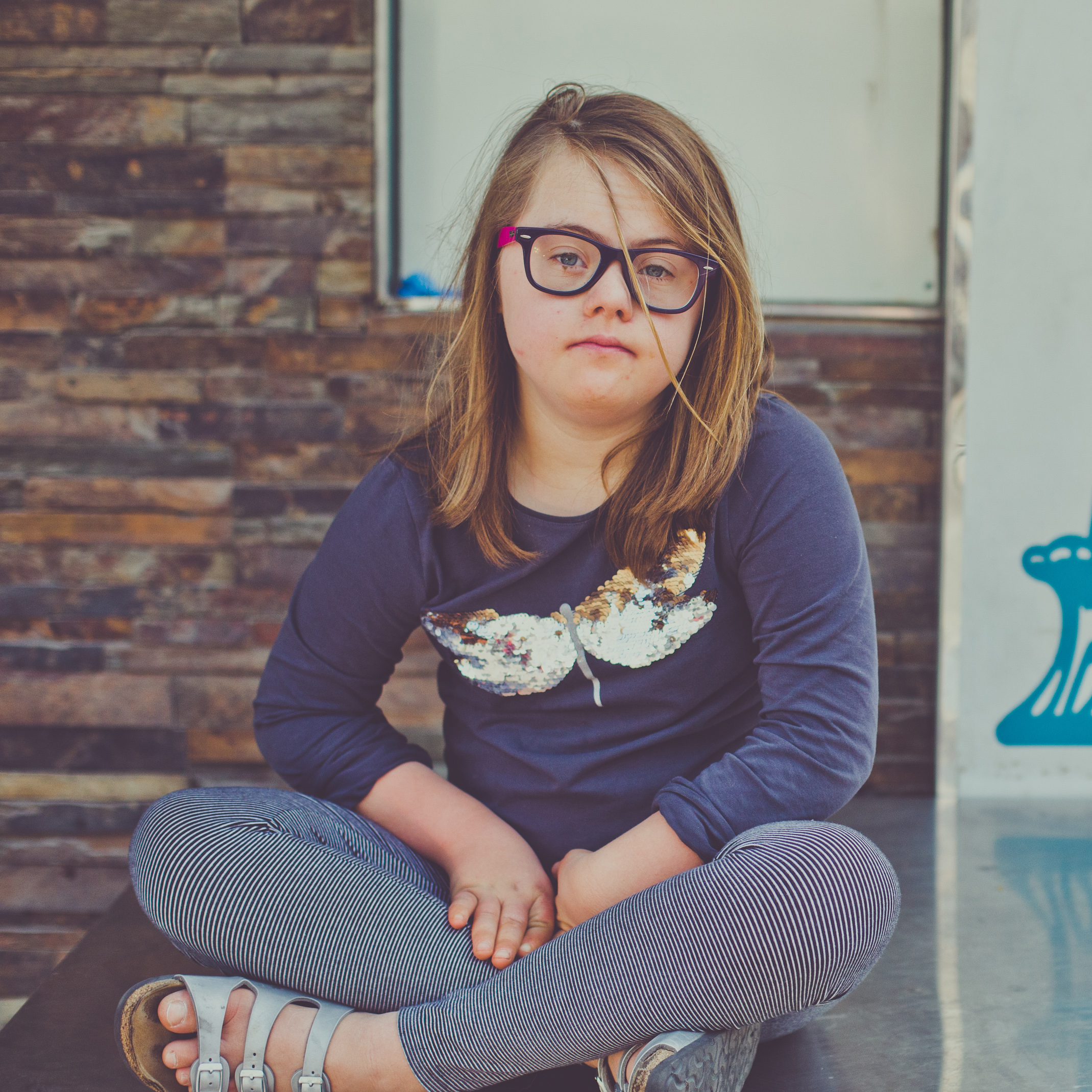Parenting
The Re:Set Guide to Talking to Your Kids About Mental Health and Suicide
Childhood and adolescence are periods of considerable physical and emotional change.
Given our socio-cultural context, suicide is a difficult topic to talk about with anyone. However, with conversations about mental health spilling into the mainstream, this is fast-changing and it is important that we don’t shy away from talking about suicide with our kids as well, just because it is difficult.
It is important to note that talking about suicide does not prompt suicidal thoughts. Talking about suicide and mental health breaks down the stigma and shame attached to them. Ultimately, this means that children and young people may feel less alone and more comfortable talking about their own struggles.
Having said that, we do need to consider how we talk about suicide with children, depending on their age and stage in life. For younger children, we may talk about ‘death’ as opposed to ‘suicide’ and the information we give them is brief and clear, so as not to overwhelm them. As children start growing up, we can add more information around the topic. With older children, we can use the term ‘suicide’ and provide information about why someone may feel this way, and where they can go for support. It can be helpful to ask the young person what they already know — so you can meet them where they are at and answer their questions.
While some may assume that they’re protecting a child by avoiding the subject, it is a misconception that only teenagers and adults die by suicide. Sadly, younger children are also at risk. Suicide is the second leading cause of death for individuals aged 10 to 24 years of age, according to Centers for Disease Control and Prevention. It is often accompanied by depression, which affects approximately 3% of all children.

Provide your child with information about grief. Let them know it is normal to feel confused and lost.
Childhood and adolescence are periods of considerable physical and emotional change, and children may struggle with the vocabulary and complexity of their thoughts about depression and suicide. As a result, they may not talk about their suicidal thoughts.
Caretakers are well-advised to watch out for the following cues in children: sudden changes in behaviour, lack of hygiene, social withdrawal, self-harm, loss of interest in previously enjoyed activities, a drop in grades, a change in sleeping and eating habits, preoccupation with death and dying, recklessness and more.
Childhood and adolescence are periods of considerable physical and emotional change.
Please note that suicidal thoughts do not always lead to an actual attempt at taking one’s life. However, these do put your child at risk, and suggest an extremely painful experience for the child. Take the signs seriously and consider the following:
Listen patiently
It might be painful to hear your child expressing suicidal thoughts and it can be tempting to rush in with solutions. However, what a child needs at that moment is to feel understood and supported. You can do this by sitting with them, listening, validating and expressing empathy for your child.
Stay calm, but express concern
Experiencing suicidal thoughts is incredibly frightening for anyone. Try to remain calm in front of your child so that they feel safe to discuss it with you, while also letting them know that you are concerned and care about them.

You can emotionally support your child by listening, validating their feelings and being empathetic.
Keep them connected
Depression and suicidal thoughts often drive the individual to pull away from people. Therefore, it is important that you spend more time with your child, and try to support them to take small steps towards the things that bring them joy without pressuring them. They will likely have good days and bad days with this so try to be patient.
Seek help from a qualified mental health professional
Most schools will have a school counselor who can give you advice and useful information. Alternatively, you can contact a mental health and well-being clinic.
In case of an emergency
Prioritize safety by removing or locking away harmful items from the house. You can also take your child to a hospital for a psychiatric evaluation.
When someone loses a friend or loved one to suicide, this can bring up a whole host of mixed feelings; it can be especially confusing for a young child. It is important to be vigilant and be there for your child while giving them space to recover and grieve.
Also read: The Re:Set Guide to Creating a Suicide Prevention Policy in School
How to help your child come to terms with grief
Provide information about grief
Let them know it is normal to feel confused and lost. Turn to qualified professionals. In Dubai, the Lighthouse Arabia provides free one-on-one grief consultations and several free support groups for children, adolescents, and adults who have experienced loss.
Give them a helping hand
Be there for your child and help them find ways to remember their loved one with positivity and happy memories. Allow them to express their anger and pain and let them talk to you about what they’re going through.
What else can be done? While awareness is important, prevention is crucial. Encourage children to talk about their struggles and difficult experiences. The best way is to model this to the child by talking about your own feelings.

It is important that we don’t shy away from talking about suicide with our kids just because it is difficult.
Consider their reality
Given that your child is likely growing up in a different era than the one you did, it is important to take a step back and consider their perspective. A great way to get a child to open up is by starting the conversation with them yourself.
Make mental health the norm
Although this may also be new territory for you, consider speaking more openly about feelings within the family. It can also be useful to talk about people in the public eye who have spoken about mental health difficulties. I would recommend choosing a time when you and your child are relaxed; for example, during the weekend. The objective is to let them know that you are available and open to talking about these challenges. This means spending time with your child and normalizing mental health by signaling that everyone has difficult moments.
Build a team
Remember to involve your child’s teachers in the process. Their role is crucial. A recent study in the U.S. identified that both school and social connectedness significantly reduced the prevalence of suicidal behaviours in a group of high-risk adolescents. Sometimes, teachers and schools can have a massive impact on a child’s state of mind just by being a positive influence in their life.
To build a successful education system that prioritizes mental health, schools need to include support and training for teachers, counselors and other school staff, in addition to providing more resources for students. It is promising to hear that more and more schools in the UAE are including information about emotional well-being within the school curriculum and some even incorporate regular mindfulness, meditation or relaxation exercises throughout the school day.
The little things can become big things. Not only does this open up the conversation around mental health, but it also provides children with key coping skills such as resilience to make it through tumultuous times.
Dr. Catherine Frogley is a clinical psychologist at The Lighthouse Arabia and has worked with children and families for over ten years. Her expertise include parenting and attachment, childhood emotional and behavioural difficulties and developmental trauma.
























